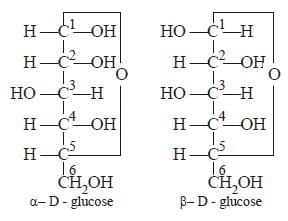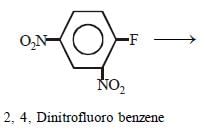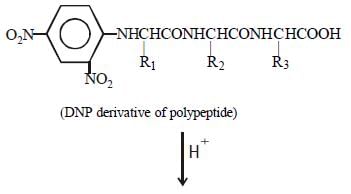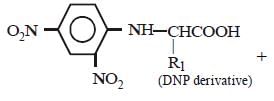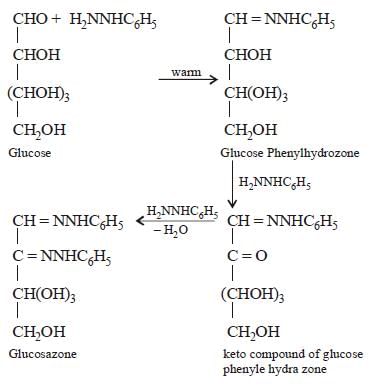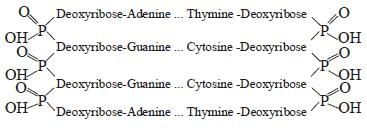31 Year NEET Previous Year Questions: Biomolecules - 2 - NEET MCQ
25 Questions MCQ Test - 31 Year NEET Previous Year Questions: Biomolecules - 2
On hydrolysis of starch, we finally get [1991]
The couplings between base units of DNA isthrough : [1992]
| 1 Crore+ students have signed up on EduRev. Have you? Download the App |
Enzymes take part in a reaction and [1993]
Chemically considering digestion is basically [1994]
The α-D glucose and β-D glucose differ from eachother due to difference in carbon atom withrespect to its [1995]
Which of the following protein destroy theantigen when it enters in body cell? [1995]
In reference to biological role, Ca2+ ions areimportant in [1996]
Sucrose in water is dextro-rotatory, [α]D= + 66.4º.When boiled with dilute HCl, the solutionbecomes leavo-rotatory, [α]D= –20º. In thisprocess the sucrose molecule breaks into[1996]
A reagent suitable for the determination of Nterminal residue of a peptide is [1996]
The reactions of (a) oxygen and (b) carbon monoxide with haeme (the prosthetic group of haemoglobin) give
Identify an element amongst the following whichis responsible for oxidation of water to O2 in biological processes [1997]
Which one of the following chemical units is certainly to be found in an enzyme? [1997]
The number of molecules of ATP produced in thelipid metabolism of a molecule of palmitic acid is [1998]
In DNA the complementary bases are [1998]
Glucose molecule reacts with 'X' number ofmolecules of phenylhydrazine to yield osazone.The value of 'X' is [1998]
Which of the following is the sweetest sugar? [1999]
In cells the net production of ATP moleculesgenerated from one glucose molecule is [1999]
Which of the following is a steroid hormone? [1999]
The dominant cation in the blood plasma(extracellular fluid) is [1999]
The number of essential amino acids in man is
[2000]
Mg is present in which of the following : [2000]
Which of the following gives positive Fehlingsolution test ? [2001]
For  (peptide bond)
(peptide bond)
Which statement is incorrect about peptide bond? [2001]
Which is correct statement? [2001]
Which of the following is correct about Hbondingin nucleotide? [2001]



